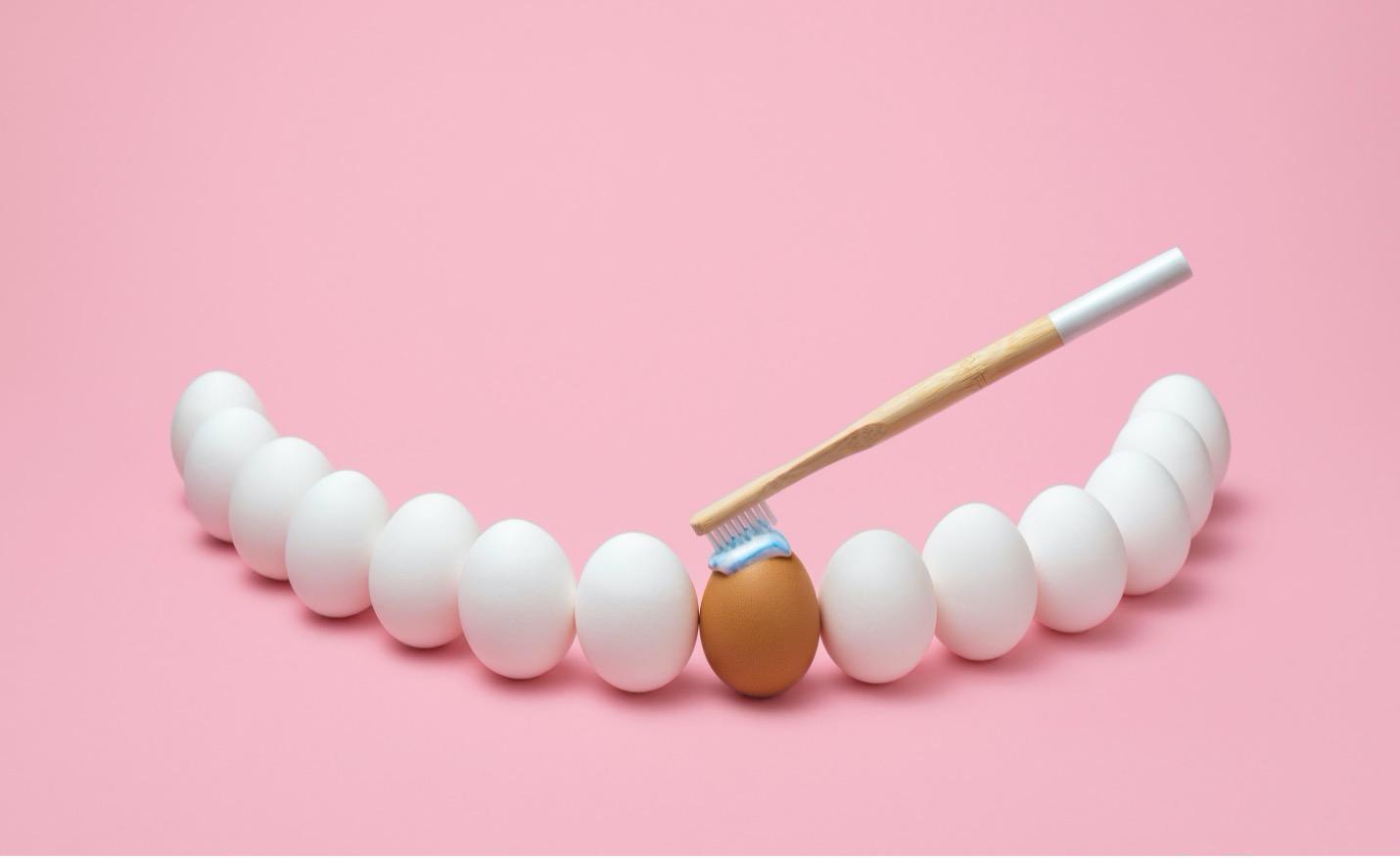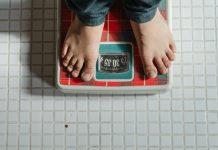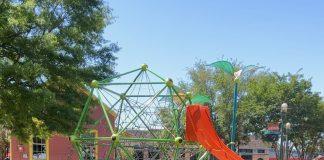Disclosure :: This post is sponsored by Lafayette Pediatric Dentistry.
Science Experiment Fun! An Egg-cellent Eggs-periment on Tooth Decay
 Looking for a creative way to teach your child about the importance of oral health and smarter snacking?
Looking for a creative way to teach your child about the importance of oral health and smarter snacking?
It’s not Easter egg pretty, but this egg-decay experiment is a great way to teach your child about the effects of sugar and acid on your teeth! Click here to see what the eggs in the experiment should look like!
A quick review: Tooth decay, or a dental cavity, occurs when the bacteria that live in our mouths feast on sugars left on our teeth from foods and beverages we consume. They metabolize this sugar into acid, which is harmful to enamel. Frequent exposure to sugar and lack of proper brushing results in frequent exposure to acid, which makes our tooth enamel weaken and deteriorate. Cavities form when the protection from healthy enamel is lost.
Egg shells are made of a mineral called calcium phosphate, which is similar to minerals found in tooth enamel. Therefore, eggshells are vulnerable to the same substances that cause tooth decay and this experiment is a great way to view the harmful effects up close.
Here’s what you’ll need:
- 4 white hard boiled eggs
- 4 clear plastic or glass containers
- Foil or clear wrap
- Dark soda like Coke or Pepsi
- Vinegar
- Water
- Fluoride Toothpaste
Here are the steps:
- Fill 2 cups with vinegar, and then one cup with dark soda, one cup with water.
- Take one egg and cover it with a generous layer of fluoride toothpaste and submerge in one of the vinegar cups.
- Submerge an egg in each of the remaining cups, making sure liquid covers the tops of each egg.
- Cover all 4 cups with foil or clear wrap.
- Let all the eggs soak at room temperature or in the fridge for 48 hours.
- After 48 hours, take out the eggs and notice the effects on the shells!
- Talk about what this means with your children:
Start with the vinegar cup. You will notice that the eggshell has dissolved! Talk with your kids about how acid is found in most sodas and sports drinks and juices. Also discuss how the bacteria in your mouth make acid when feasting on sugary residue left in your mouth by sweets, starchy snacks, and sweet liquids. This is a good way to talk about what makes cavities form: frequent exposure to sugars and acids weakens tooth enamel, eventually forming a “hole” or cavity.
The soda-soaked egg should be dark/colored, with some weakening of the shell in parts. This demonstrates how the contents of soda and sports drinks are able to weaken and penetrate the enamel, as well as cause stains. This is a good way to talk about what foods and drinks should be limited in our daily diets.
Next, look at the cup with the toothpaste egg. You should see that the shell remained a little more intact than the one with no toothpaste and only vinegar. This is a good way to talk about how fluoride in the toothpaste protects and hardens tooth enamel, and why it’s so important to brush twice a day to not only remove sugary residue but also to keep the enamel strong.
You should see no change in the egg submerged in water. Unlike acid, water has a pH similar to that of our bodies. It’s the best drink for our teeth and our overall health!
All of this information is so good for a child to learn at an early age, and the visual effects of the experiment can really help things sink in. This experiment is great to refer to when talking about making healthier choices for drinks and snacks.
The number one chronic disease of childhood continues to be dental decay. The rate of childhood decay increases as our diets become richer in starchy snacks, sweets, and processed foods. While genetics can play a role in cavity formation, dental decay is still largely a preventable disease!
For more tips on cavity prevention and optimal oral health, schedule your child’s dental visit with us! 337-981-9242 x1.
Learn more about Lafayette Pediatric Dentistry here ::
Website | Facebook | Instagram | Twitter
Dr. Anita Gouri, a pediatric dentist, has been practicing in Lafayette for 10 years and is the owner of Lafayette Pediatric Dentistry. She graduated from LSU School of  Dentistry in 2006, receiving honors including Outstanding Achievement in Pediatric Dentistry, Honors in Research, and the Carl A. Baldridge Academic Scholarship. She completed her residency in pediatric dentistry at Children’s National Medical Center in Washington DC in 2008 and became a board certified diplomate of the American Board of Pediatric Dentistry in 2009. In 2010, her research on dental pain assessment was published in Pediatric Dentistry. She also has specialized training in treating babies and children who have tongue and lip ties. She is a member of the Academy of Laser Dentistry, American Academy of Pediatric Dentistry, the Louisiana Dental Association, the Southwestern Society of Pediatric Dentistry, American Dental Association, as well as the C. Edmund Kells and Omicron Kappa Upsilon Dental Honor Societies. Dr. Gouri, her husband, and their two children enjoy travel, Saints football, good food and good friends.
Dentistry in 2006, receiving honors including Outstanding Achievement in Pediatric Dentistry, Honors in Research, and the Carl A. Baldridge Academic Scholarship. She completed her residency in pediatric dentistry at Children’s National Medical Center in Washington DC in 2008 and became a board certified diplomate of the American Board of Pediatric Dentistry in 2009. In 2010, her research on dental pain assessment was published in Pediatric Dentistry. She also has specialized training in treating babies and children who have tongue and lip ties. She is a member of the Academy of Laser Dentistry, American Academy of Pediatric Dentistry, the Louisiana Dental Association, the Southwestern Society of Pediatric Dentistry, American Dental Association, as well as the C. Edmund Kells and Omicron Kappa Upsilon Dental Honor Societies. Dr. Gouri, her husband, and their two children enjoy travel, Saints football, good food and good friends.


















